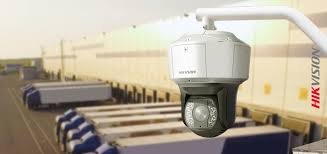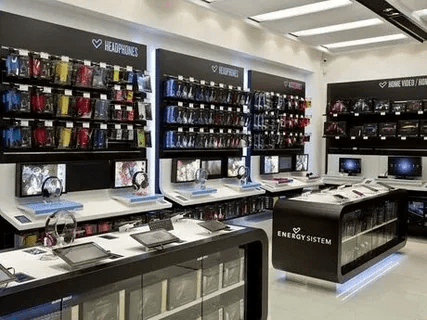Achieving the right balance between surface finish and roughness is crucial in manufacturing and engineering. These characteristics significantly influence product performance, aesthetics, and functionality. Striking this balance ensures optimal results, enhancing both efficiency and quality. In this article, we’ll explore the nuances of surface finish and roughness and provide actionable insights for achieving the ideal equilibrium.
Understanding Surface Finish and Roughness
Surface finish and roughness are related but distinct concepts that impact the quality of manufactured parts. Surface finish refers to the overall texture of a surface, which includes its flatness, waviness, and roughness. It often dictates the appearance and functional attributes of a component. Meanwhile, roughness pertains to the micro-level irregularities on the surface, usually measured in micrometers or nanometers.
Achieving a good surface finish while maintaining appropriate roughness levels is essential for specific applications. For instance, a smoother surface is required in aerospace and medical devices for reduced friction and improved safety. On the other hand, controlled roughness can enhance bonding or adhesion in coating applications, where micro-level texture improves material interaction.
Factors Affecting Surface Finish and Roughness
Several factors influence surface finish and roughness, ranging from material properties to machining processes. The type of material plays a pivotal role—soft materials like aluminum may be prone to excessive wear during machining, affecting the surface finish. Hard materials, while durable, may require specialized tools to achieve the desired smoothness.
Additionally, machining parameters, such as cutting speed, tool material, and lubrication, significantly impact surface characteristics. High cutting speeds may result in smoother finishes, while improper tool settings can increase roughness. Advanced techniques like polishing or electrochemical machining can help optimize surface quality for demanding applications.
Tools and Techniques for Measuring Surface Finish and Roughness
To balance surface finish and roughness, precise measurement is essential. Tools like profilometers are widely used to quantify surface roughness by tracing the micro-topography of the surface. Optical interferometers, on the other hand, use light to capture detailed surface measurements, offering non-contact and high-resolution assessments.
For consistent and repeatable results, manufacturers must adopt standardized measurement techniques. The Ra value, or average roughness, is a common metric that helps evaluate surface texture. Advanced software can also analyze and visualize data, enabling engineers to make informed decisions about process adjustments. These tools ensure that the surface meets both functional and aesthetic requirements.
Achieving the Ideal Balance in Practical Applications
In many industries, the ideal balance between surface finish and roughness is dictated by the intended application. For instance, in the automotive sector, components like engine cylinders require a specific roughness for efficient lubrication. Similarly, in the electronics industry, smoother surfaces may reduce electrical resistance and improve device reliability.
Striking this balance often involves a combination of machining strategies, such as fine turning, grinding, or chemical etching. Engineers must also consider post-processing techniques like polishing or coating to refine the surface further. By customizing approaches based on application needs, manufacturers can achieve the desired surface characteristics without compromising functionality.
Innovations in Surface Finish and Roughness Control
Advances in technology have made it easier to control surface finish and roughness with precision. Additive manufacturing, for instance, allows for layer-by-layer construction, offering unparalleled control over surface characteristics. Meanwhile, laser-based techniques can create micro-textures for specialized applications like hydrophobic surfaces or improved friction control.
Moreover, predictive analytics and artificial intelligence (AI) are transforming the way manufacturers approach surface optimization. By analyzing vast amounts of data, AI can predict the impact of machining parameters on surface quality, enabling real-time adjustments. These innovations promise to redefine how industries balance surface finish and roughness for optimal results.
Balancing surface finish and roughness is an art and a science, requiring a deep understanding of materials, processes, and applications. By leveraging the right tools, techniques, and innovations, manufacturers can consistently deliver high-quality products tailored to specific needs.



































































































































































































































































































































































































































































































































































































































































































































































































































































































































































































































